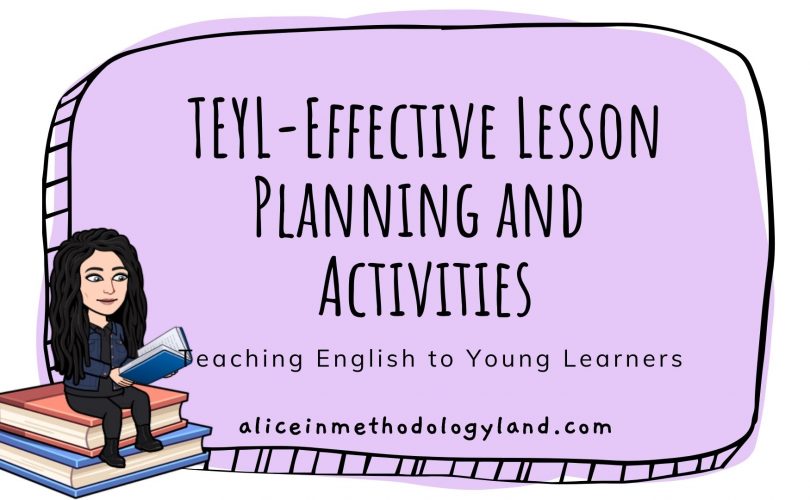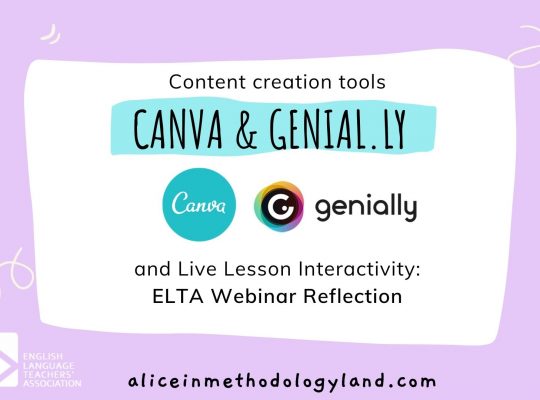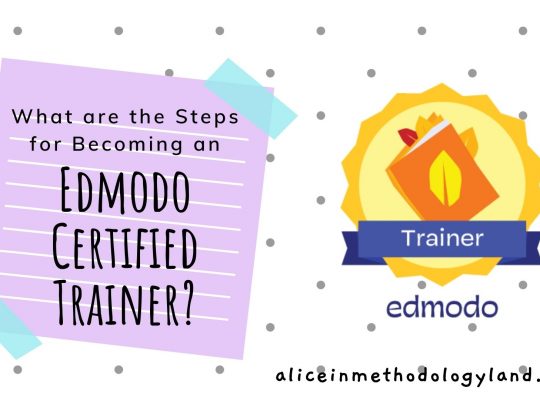What makes effective lesson planning in TEYL actually effective? How can we achieve this dream-like thing our TEYL administrators call efficacy? Keep reading to find out!
Effective lesson planning is the core of a successful thematic unit or any lesson in general. As we mentioned in the essay/post, which reflected on the contextualized language learning in TEYL, the most effective lesson plans are the lesson plans which create a meaningful context. Effective lessons also have a lot of interaction and content from subjects other than English.
Many educators believe that being a TEYL professional is easy and that it is not hard to teach young learners easy. We are here to prove them wrong and show how meaningful it is to be a TEYL teacher!
TEYL – Teaching English to Young Learners
According to Shin and Crandall (2014), to develop an effective lesson plan, teachers must follow these steps:
- Select a theme or select a text and then identify the themes in the text;
- Identify the language focus (vocabulary and grammar);
- Develop content objectives (links to other content areas);
- Identify learning strategies or critical thinking skills;
- Develop activities;
- Sequence the activities. (p.72)
Before planning the lesson, a teacher has to select a theme or a text for the lesson unit. After that, the teacher needs to identify the language focus, content objectives, and learning strategies. Developing activities comes after these steps, and not before, which is a prevalent mistake in lesson planning. Completing all these steps before developing activities can be done quickly, using a brainstorming web or a mind map.
Another important step in developing an effective lesson plan is defining lesson aims and objectives. The objectives should address both content and language learning and learning strategies as well. They should be measurable to determine if the student meets the planned objective or if he/still in the process of meeting it. Objectives are usually written in the ”SWABT: Students will + the objective” form. They can also be written in the ”Can do” statement form, used in the CEFR standard aims and objectives.
When the lesson objectives are defined, we need to choose activities and sequence them, following the lesson flow or the lesson stages. Each lesson consists of warm-up activities, lead-in activities, presentation, practice, application, and assessment activities, and this is exactly how should effective lesson planning in TEYL look like.
All of these activities need to be sequenced, and the proper order of activities must be followed. Shin and Crandall (2014), in their amazing TEYL textbook, add that in sequencing the activities, we need to consider the following criteria:
- Engaging learners in receptive tasks before productive tasks;
- Presenting language before asking the students to practice;
- Using controlled practice activities before independent activities;
- Connecting one activity to the next;
- Sequencing the content to recycle language;
- Ordering the tasks to mirror the real-life application of the tasks. (p.77)
We will describe the ‘what,’ ‘why’ and ‘how’ of each lesson stage, paying special attention to the multiple intelligences theory by Gardner (1999). MI theory is critical when it comes to lesson planning. It involves using different materials from realia to pictures, videos, audio recordings, TPR games, and songs. The main goal of the MI theory is to develop different aptitudes in young learners. Another goal would be to expose them to different learning strategies.
Effective TEYL Lesson Planning Steps
Warm-up
Warm-up activities are the first stage of every lesson. They help build learner engagement and interaction, and they are not necessarily related to the lesson theme. However, they are important because they get students to think in English, making them excited about learning something new.
Examples of useful warm-up activities: starting the conversation with unusual questions, phonetic exercises, jokes, showing pictures to start a conversation, playing word games, TPR games, posing problematic situations, telling stories and asking children about their day and activities, etc.
Lead-in
Lead-in activities are usually integrated with warm-up activities, but there is a slight difference between them. While warmers are not necessarily related to the lesson, the lead-in activities must be related to the lesson because they introduce the new content. Lead-in activities activate background knowledge. They are usually used to review old content or correlate the content of the new unit with the content of the previous unit.
Examples of useful lead-in activities: watching a video or listening to audio related to the lesson topic, playing guessing games to discover the lesson topic, giving the students instructions and tasks before storytelling or learning a new song, etc.
Presentation
Presentation activities present the relevant vocabulary and language structures, and they serve as a way of input the new content. The teachers use presentation activities to determine whether the students understood the new input or not. The focus is on repeating the content until the learners are capable of using the target vocabulary. The learners should also use the same language structures in speaking, listening, reading, and ultimately writing.
Examples of useful presentation activities: pre-teaching the vocabulary through play using various means of presentation, storytelling, dramatizing a play, using puppets or TPR activities, reading a story in an adapted form or showing a video, etc.
Practice
Practice activities should help students practice the language content presented in the previous lesson stage. These activities usually start with a lot of support (guided practice). When the learners acquire the language from the lesson, the activities are more independent. These activities are very important because this is the part of the lesson where learners can practice using the taught language.
Examples of useful practice activities: worksheets and games with matching, circling, sorting vocabulary by category using visuals, talking with your friend, completing sentences, dramatizing a story, etc.
Application
Application activities are based on using the learned language and content more independently and in a meaningful context. These activities aim to motivate the students to use the language in an authentic situation, in real-life communication. Students do them, and the teacher is just an observer and a moderator.
Examples of useful application activities: projects, discussions, group work (working on a task separately and then presenting the results to the other groups), writing letters, stories, sequencing, describing, etc.
Assessment
Last but not least, each lesson needs to have assessment activities. The assessment can be conducted as the last stage of the lesson, although it should be an integrated part of the lesson, not a separate one. Indirect assessment should be present in the practice and application stages. The main goal while teaching young learners is to motivate them to learn the target language. Another goal would be to create a positive learning environment. Because of this, the goal is on language fluency, not on accuracy. Accuracy is important, but these activities need to be carried out carefully, avoiding corrective feedback and washback. Although the informal assessment is preferable, there has to be some formal assessment before starting a new unit.
Examples of useful assessment activities: responding to questions while engaged in independent or group work, quick reviews through games, assessing listening skills (listen, point and circle), information gap activities, sequencing, role-plays, story retelling, TPR activities, matching, describing and unscrambling the words, etc.
To Conclude – What are the steps of effective lesson planning in TEYL in your opinion?
An effective lesson plan needs to integrate subject content with the language content while following the sequence of the lesson stages. The activities need to be varied, interactive, and active learning while respecting the multiple intelligence theory and different learning styles. Should any of these lesson plan components fail to develop properly, the lesson will not be as effective as it could be. The consequences are losing the learner’s motivation, discontinued learning, and developing many fossilized language errors due to gaps in learning.
Are you a TEYL teacher? What are the steps of effective lesson planning in TEYL, in your opinion? Which of the above-stated steps do you follow? Are there some steps you skip, and why? Write in the comments or via the contact page. I would love to hear your opinion.

Click here to explore my store where 99% of materials are forever free!
All the materials except lesson plans and 30+ page interactive activity books will be free FOREVER! Why? Because sharing is caring, and 2020 hasn’t been kind to all of us. Please consider donating so I can keep making FREE materials for everyone and keep my website open for all of you.
Don’t forget to leave a review when you download materials! It’s just a minute of your time, and it means a lot to me.
P.S. The store and the freebie library are not the same thing – the freebie library has some extra materials like conference presentations and webinar recordings which are not available in the store ✨
The subscription link for the store is below my bio in every post. ?









[…] TEYL – Effective Lesson Planning and Activities […]
[…] What are the prerequisites for success in the early language acquisition in the TEYL classroom? Can effective lesson planning enhance learning? Let me know in the […]
[…] The lesson plan is research-based, following the Theme-Based Instruction and the innovative CLIL methodology. […]
[…] The lesson plan is research-based, following the Theme-Based Instruction and the innovative CLIL methodology. […]
[…] The lesson plan is research-based, following the Theme-Based Instruction and the innovative CLIL methodology. […]
[…] plan does not contain the curriculum core alignment and objectives, and it is just a discussion-based PowerPoint lesson material. It does not contain an additional detailed lesson plan and you are free […]
[…] Explore this article for further information and more description of each TBI lesson phase, along wi… […]